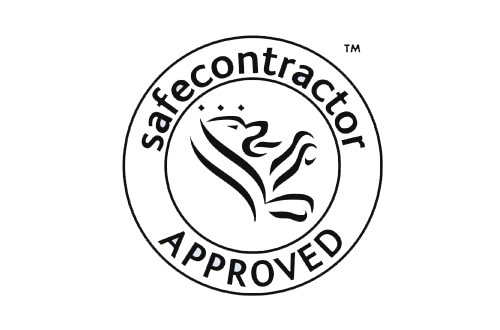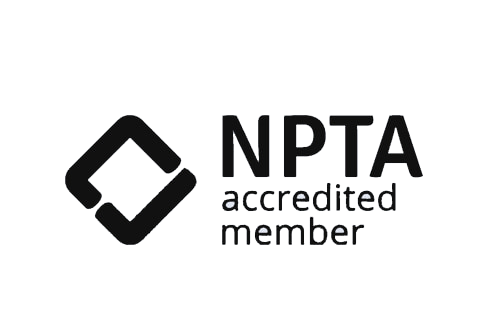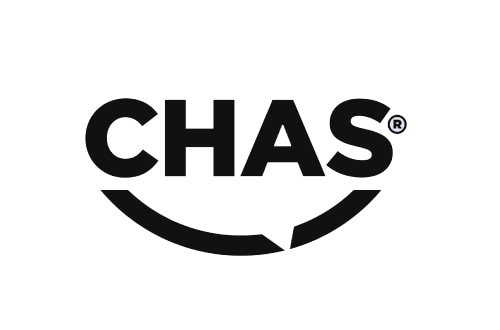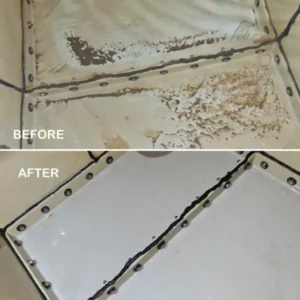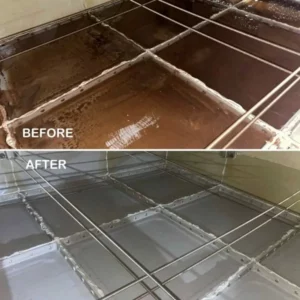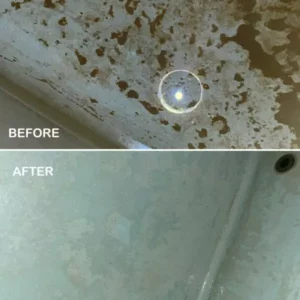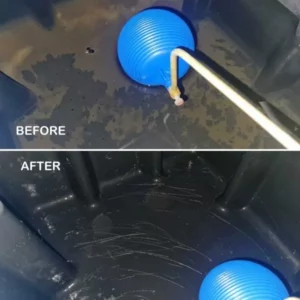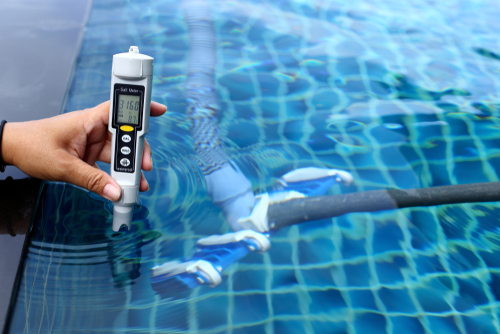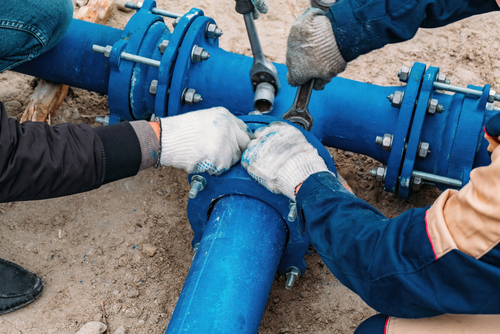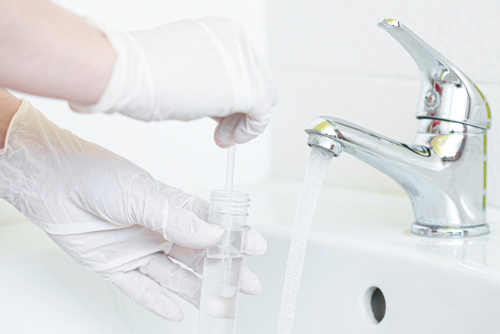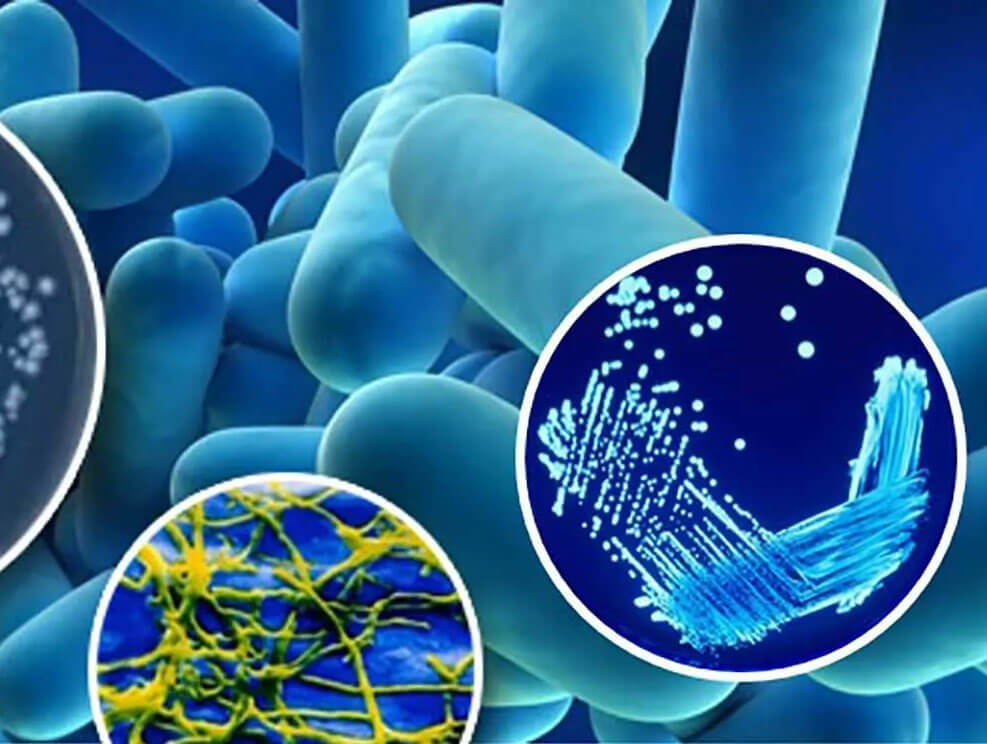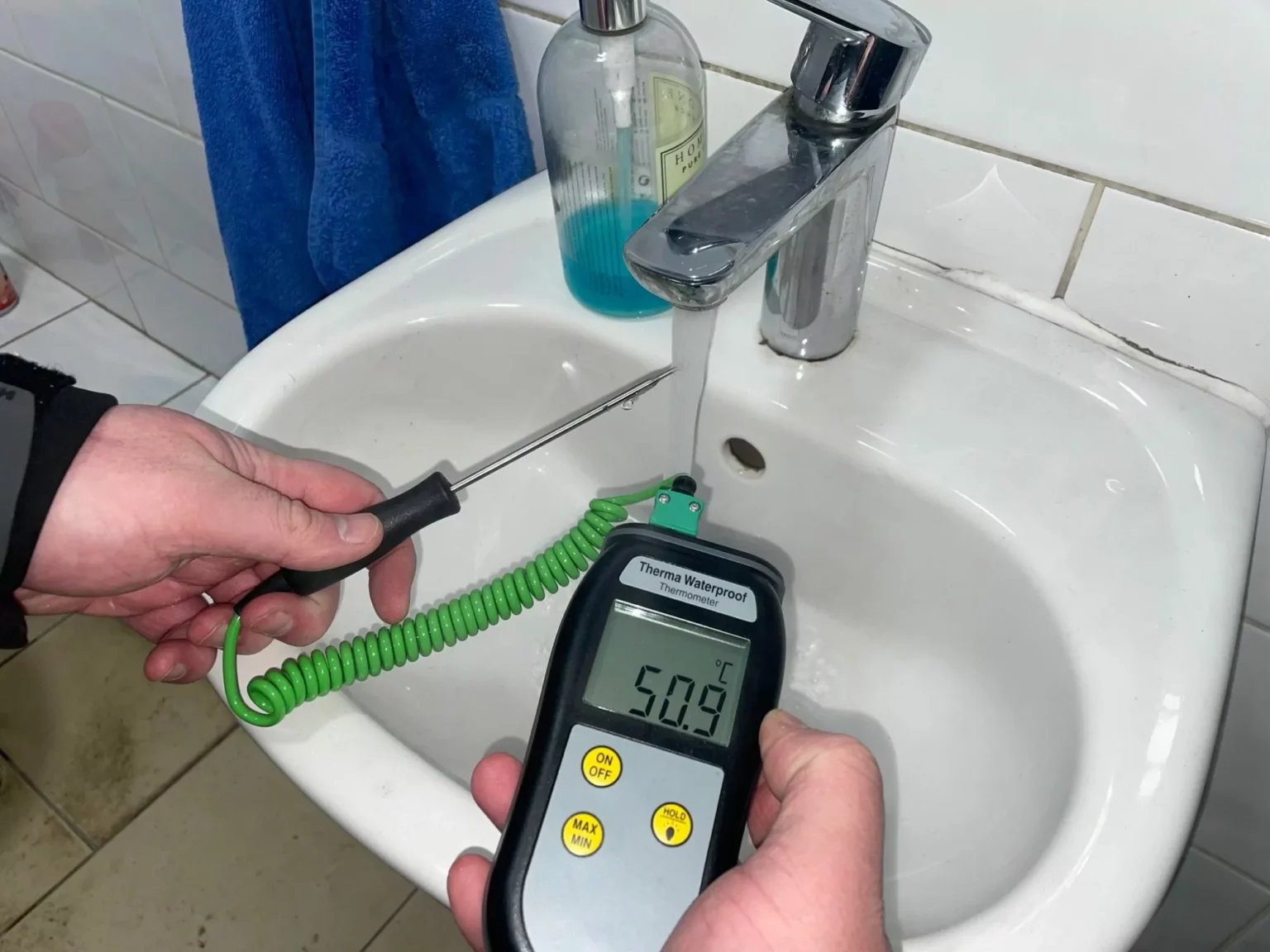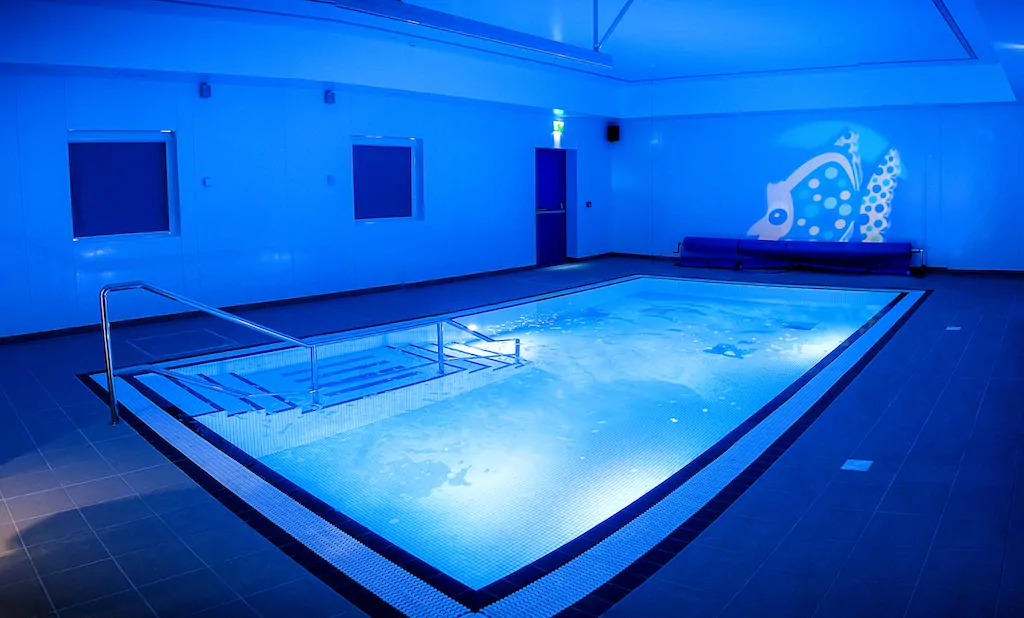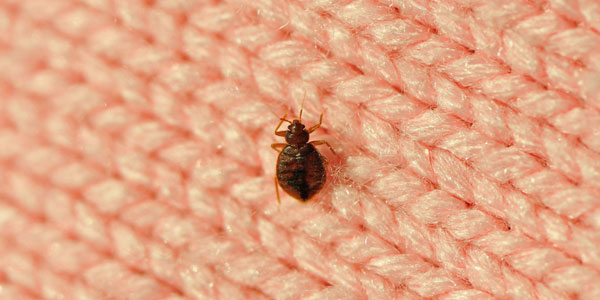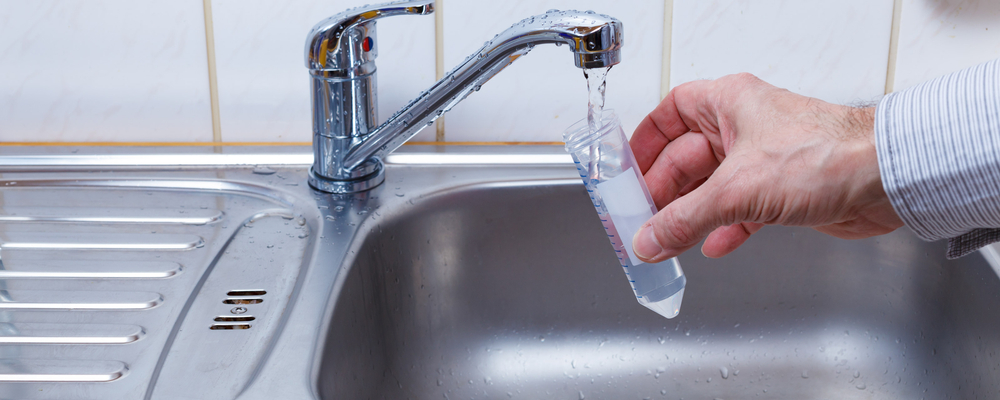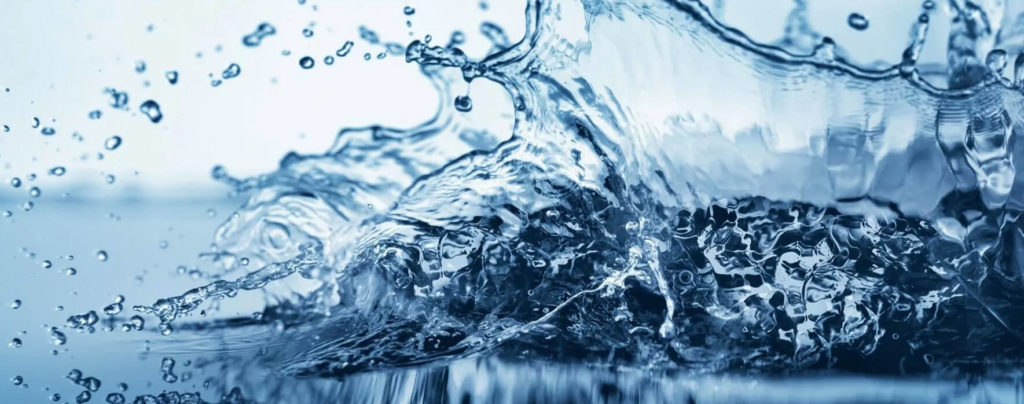December 21st, 2023
System Disinfection & Water Tank Cleaning Services

Speak with the team
Book now
Get started"*" indicates required fields
Our Accreditations
Cleaning and Chlorination Works
Acorn Environment Services is a leading UK water treatment company offering a full range of expert water hygiene services including system and drinking water disinfection, cleaning of new and existing domestic hot and cold water systems and storage vessel cleaning.
Our cleaning, disinfection and water treatment solutions help organisations achieve and maintain good standards of water hygiene, and control levels of waterborne bacteria in their water systems.
Our services are delivered by in-field experts who combine the latest high-performance cleaning equipment and water treatment technologies to help clean and disinfect hot and cold domestic water systems, extend asset lifecycles and improve water safety and regulatory compliance.
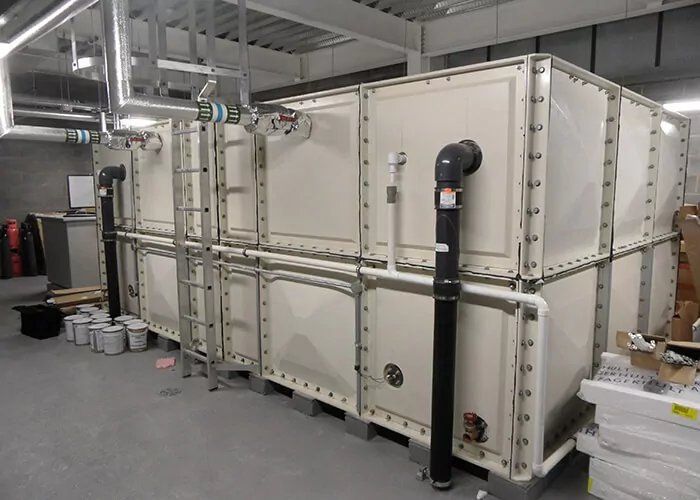
Cleaning and Disinfection of Water Storage Vessels
Acorn offers a range of cleaning services to HSE ACoP L8 standard as a part of our water management programme.
Acorn can undertake the cleaning and disinfection of all forms of water storage tanks from a small plastic tanks to large sectional vessels. Our engineers are also “confined spaces” trained for those hard to reach underground tanks. Acorn engineers use the following chemicals in completion of these disinfection works:
- Sodium Hypochlorite
- Silver Hydrogen Peroxide
All chemicals used by Acorn Environment Services staff are COSHH risk assessed by our Health and Safety department and stored in a locked facility at our property. A site survey before works are carried out means only the required amount of chemical will be brought onto your site. This reduces the potential for any spillage during the works being completed.
Recent Tank Cleans and Disinfections
Below are a series of “Before” and “After” photographs from tank clean and disinfections carried out for our valued clients.
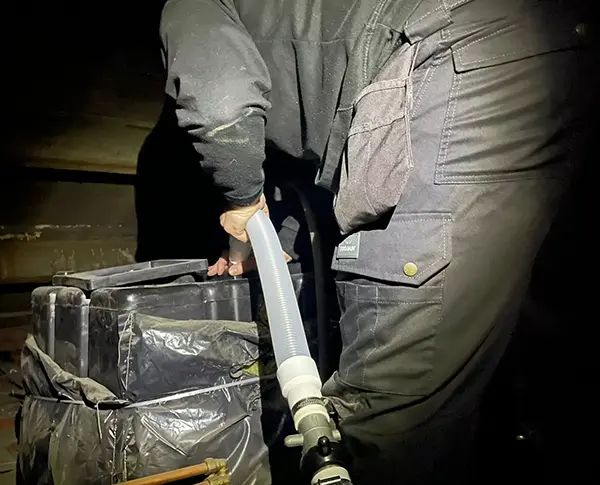
Calorifier Cleaning/Disinfection
Calorifier cleaning can be achieved by removing the inspection hatch or using a boroscope and clean by draining the vessel. The frequency of inspection and cleaning should be subject to the findings and increased or decreased based on conditions recorded.
Industry-leading water hygiene services
As water hygiene experts, we’re able to provide all the relevant legal certifications after we’ve inspected your water supply.
The latest water hygiene servicing technology
With the latest hi-tech water hygiene equipment to help us do our job effectively, we can test your water supplies faster and more efficiently than ever before.
The premier water hygiene company in the North West
We’ve been covering the whole of the North West and Yorkshire for over 30 years, so there’s no water hygiene project that we can’t handle.
Our services
Pest Control & Specialist Cleaning
Pests
Our pest control services deal with every aspect of pest infestation removal. We’ll provide an initial report, remove them, and then advise on how you can keep them from coming back in the future. For pest removal in your home or commercial property, no matter the size or nature of the infestation, trust Acorn Environment Services Ltd.
Water Hygiene
We offer a wide range of water hygiene services, including Legionella risk assessment, water sampling, and the cleaning & disinfection of water tanks. We carry out in-depth audits and follow strict health and safety guidelines designed to keep your water supply safe and hygienic. We also offer bespoke packages for our clients when needed.
Specialist Cleaning
We offer thorough specialist cleaning services designed to treat hard-to-reach areas, including any job considered outside of typical commercial and industrial cleaning. These include graffiti removal, biohazard cleaning, or fogging to remove bacteria and fungi. For more information on specialist cleaning, hit the link below.
Speak to a specialist today
Whatever hygiene improvement requirements you may have – from pest removal to specialist cleaning – we want to help. Speak to one of our specialists today to take the first steps towards a cleaner future.
Latest news
October 9th, 2023
How to protect your home from the Paris bed bug infestation
September 5th, 2023
Water Testing: The basics to remember
August 2nd, 2023
Legionella Bacteria & The Role of Temperature
July 17th, 2023
What is water recycling?
What our clients say

What our clients say
-
Book a survey
Email or call our water hygiene experts for a FREE quote.
-
Need guidance?
Unsure about the service that’s right for you? Our seasoned experts are ready to offer FREE advice.
-
Around-the-Clock help
For those urgent moments, remember we’re here for you 24/7. Don’t hesitate to get in touch.
Speak to a specialist today
Discover how we can help
"*" indicates required fields



